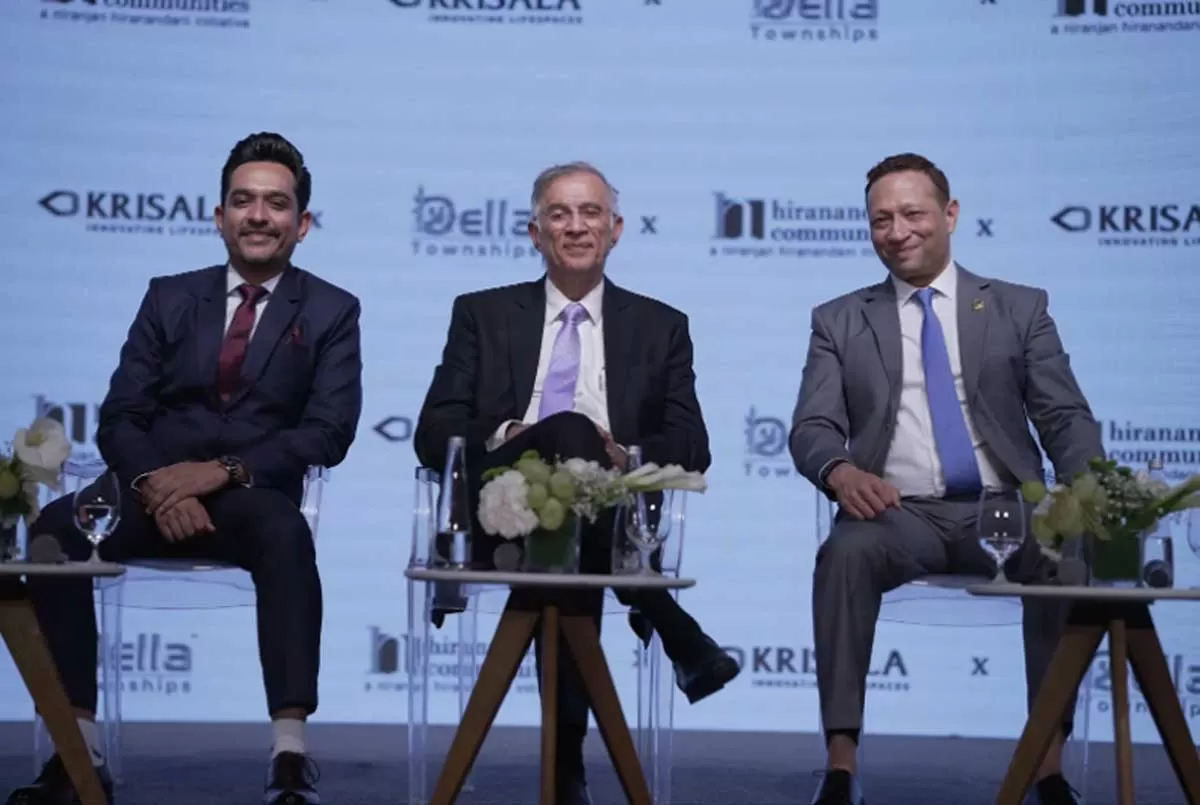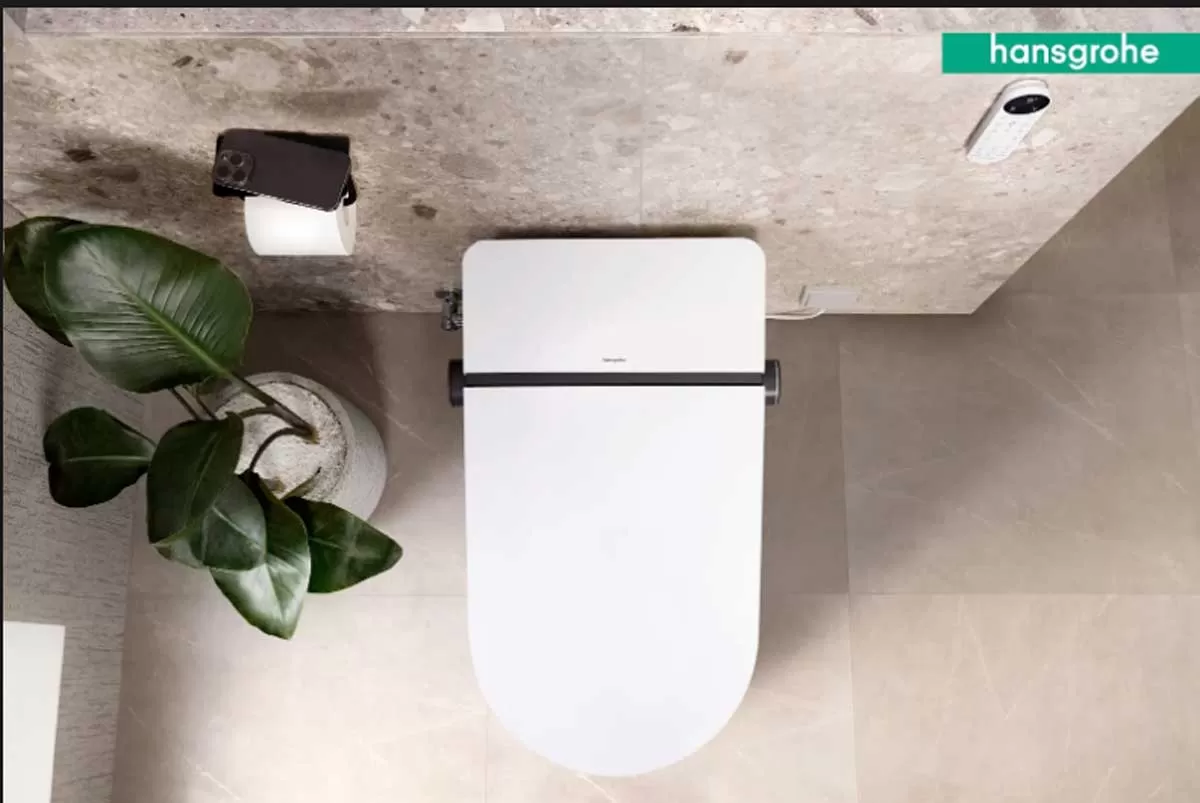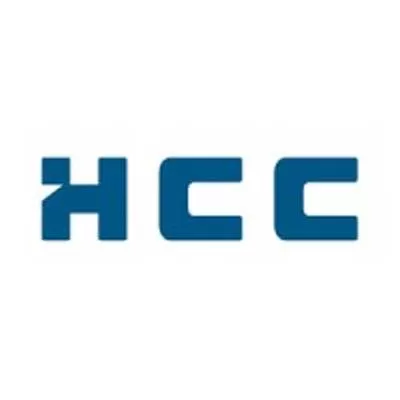Indian real estate attracted nearly US$ 14 billion of foreign private equity (PE) between 2015 and Q3 2019, says latest Anarock data. 63 per cent (approximately US$ 8.8 billion) of the total foreign investments backed commercial real estate. The residential sector attracted just US$ 1.5 billion of foreign PE in the same period, trailing behind even the retail sector which saw cumulative inflows of US$ 1.7 billion.
Shobhit Agarwal, Managing Director & CEO, Anarock Capital, shares more...
In stark contrast, domestic PE funds pumped nearly US$ 2.4 billion into Indian real estate since 2015, of which nearly 71 per cent (approximately US$ 1.7 billion) went to the housing sector. This was a period of considerable stress for the residential segment; domestic funds invested heavily into a sector plagued by issues like delayed/stalled units, low sales and fairly lower yields. This made exiting investments with substantial gains difficult.
The commercial real estate segment, on the other hand, delivered a comparatively stellar performance in the last five years. Steady demand and rising rentals gave foreign investors a decisive edge. Moreover, the overwhelming response to Embassy Office Parks’ REIT launch – and its superlative performance – saw commercial real estate segment emerge as the bigger draw for investors. Several other large developers are also keen on listing their commercial assets under REITs.
An additional infusion of US$ 1.6 billion between 2015 and Q3 2019 was a mix of foreign private equity and funding by Indian developers or investors who collaborated either at project or entity levels. For instance, in 2018, Canada’s CPPIB and India’s Phoenix Group together invested nearly US$ 100 million into a mall project in Bengaluru.
Domestic vs Foreign PE Funds
Of the total US$ 14 billion foreign investments in Indian real estate between 2015 and Q3 2019, nearly US$ 8.8 billion went into commercial realty, followed by US$ 1.7 billion in the retail sector and US$ 1.5 billion into the housing sector. Logistics and warehousing drew over US$ 1 billion, and the remaining investments went into mixed-use developments.
The reverse played out with domestic funds – of the total US$ 2.4 billion they invested in this period, housing drew the lion’s share of US$ 1.7 billion (or 71 per cent); commercial came next with approximately US$ 600 million and retail drew just US$ 40 million of domestic funding.
The top 5 foreign investors – Blackstone, Brookfield, GIC, Ascendas and Xander – alone contributed 75 per cent of the overall US$ 14 billion into Indian real estate. Interestingly, their focus was not limited to the top 7 cities and extended into Tier-2 cities like Indore, Ahmedabad and Amritsar.
The top 5 domestic funds – Motilal Oswal, HDFC Venture, Kotak Realty, ASK Group and Aditya Birla PE – invested nearly 54 per cent or approximately US$ 1.3 billion into Indian real estate. They focused exclusively on the top 7 cities.
Crystal-gazing future PE trends
Indian commercial real estate will continue to attract PE funds as there is high demand for Grade-A office spaces across the top Indian cities. Earlier data indicated that the first three quarters of 2019 alone saw inflows of US$ 3 billion in the commercial segment – an increase of 43 per cent over the corresponding period in 2018.
Logistics, warehousing and retail will continue to witness considerable growth on the back of recently-eased policy norms for the retail sector, aimed at boosting growth and attracting more investments.
Over the short-to-mid-terms, the housing sector – which has the greatest need for liquidity infusions – will retain its 'poor cousin' status and garner much more gradual attention from wary investors. Though the FM recently unleashed an alternative investment fund (AIF) of Rs 250 billion to revive languishing housing projects across the country, investors will watch for actual implementation and deployment.
Anarock Capital data indicates:
The residential segment drew approximately US$ 295 million PE funding in the first three quarters of 2019 (against US$ 210 million in the corresponding period last year).
Though this constitutes an impressive 40 per cent annual gain, investments are still far below the 2015 peak levels of 2015, when housing drew PE investments of approximately US$ 1.5 billion.

















